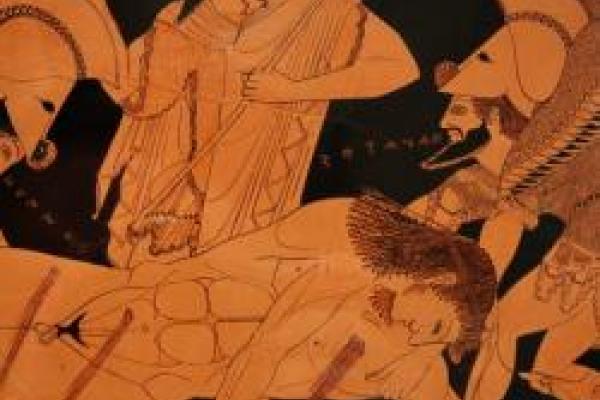
At the boundary between life and death, subject and object, purity and pollution, integrity and decomposition—the human cadaver poses a host of problems, both practical and conceptual, for those who encounter it. This talk will explore the representation of the dead body in Greek art and literature from the fifth and fourth centuries BCE, paying special attention to Greeks’ diverse responses to the macabre sight of the cadaver. The frequency with which dead bodies appear on the tragic stage makes the corpse a particularly important object of visual study, since the ambivalent aesthetics of the dead afford appropriately differing and mixed pleasures to the drama’s ‘internal’ and ‘external’ audiences.
Bio:
Al Duncan received his PhD from Stanford University in 2011. His dissertation, Tragic Ugliness,studies the reflexive relationship between genre and aesthetics in Greek drama and argues that ugliness, a value historically associated with comedy, is in many cases proper—even essential—to tragedy.
Image
The dead body of Sarpedon as depicted on the so-called “Euphronios Krater” (Attic red-figure vase, late sixth-century BCE) formerly held by the Metropolitan Museum of Art, New York, now residing in National Etruscan Museum, Rome.
